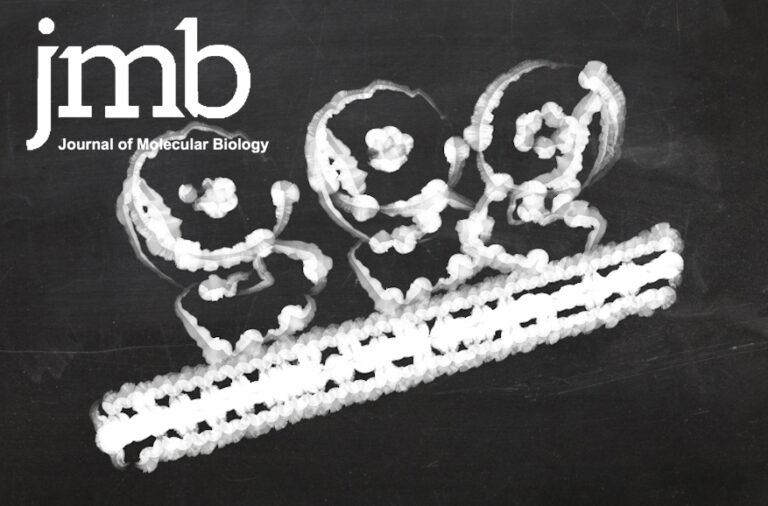
Dovile Januliene, Arulmani Manavalan, Peter Lund Ovesen, Karen-Marie Pedersen, Søren Thirup, Anders Nykjær, Arne Moeller
SorCS1, SorCS2 and SorCS3 belong to the Vps10p-domain family of multiligand receptors. Genetic and functional studies have linked SorCS receptors to psychiatric disorders, Alzheimer’s disease and type 2 diabetes, demonstrating critical roles in neuronal functionality and metabolic control. Surprisingly, their structural composition has so far not been studied. Here we have characterized SorCS1, SorCS2 and SorCS3 using biochemical methods and electron microscopy. We found that their purified extracellular domains co-exist in stable dimeric and monomeric populations. This was supported by co-immunoprecipitation experiments, where membrane-bound dimers were successfully pulled down from cell lysate. While dimers were virtually unbreakable, dimerization of the monomeric population was promoted through enzymatic deglycosylation. We conclude that post-translational modifications, specifically the degree and pattern of glycosylation, regulate the oligomeric state of the protein. Hence, cells may dictate ligand specificity by controlling the ratio between monomers and dimers and, therefore, regulate the multiple functions of SorCS receptors.
DOI: 10.1016/j.jmb.2017.08.006
PMID: 28827148
